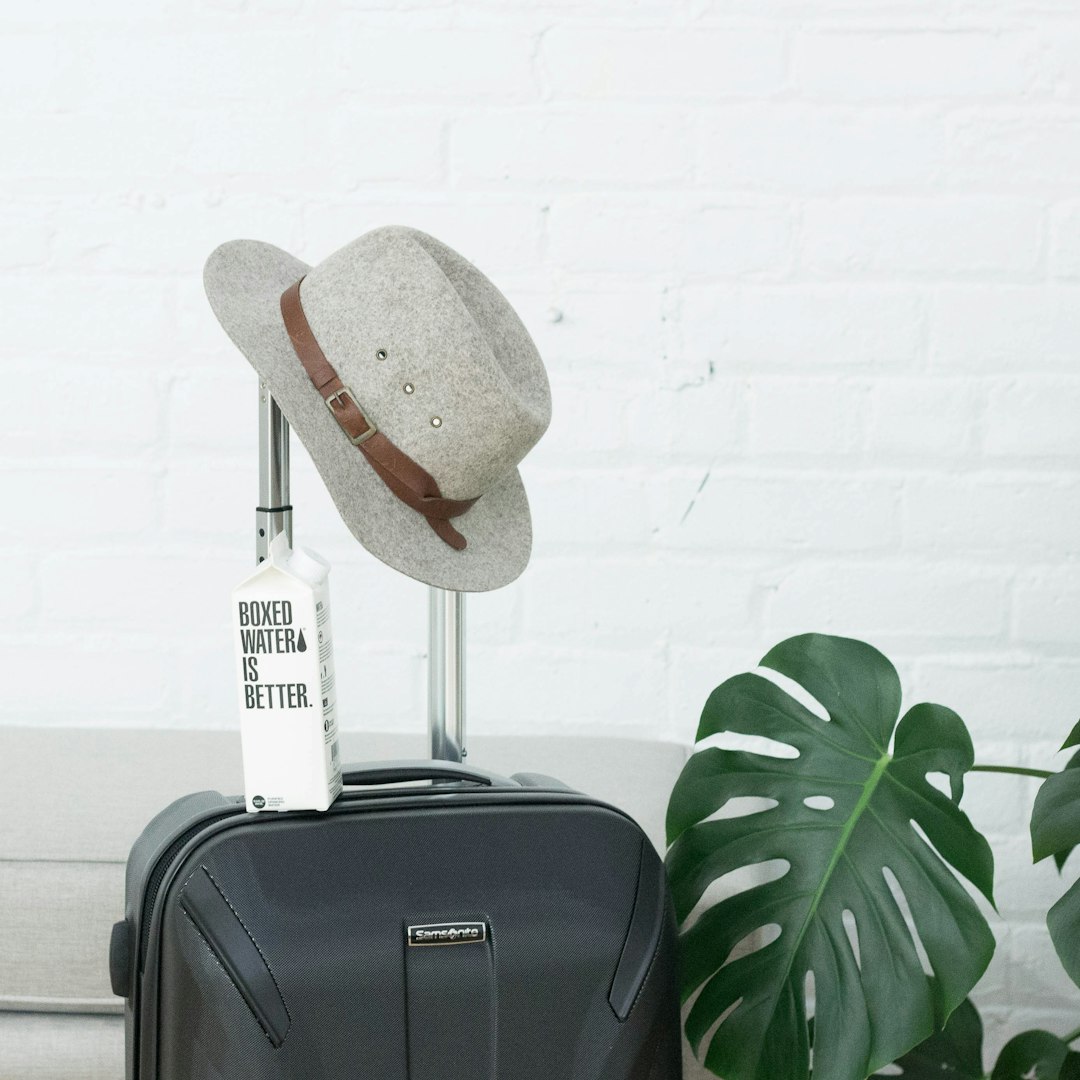If you’re a homeowner and have ever experienced a wet basement after a storm or have noticed mold growth, it’s time to consider basement waterproofing. Basement waterproofing is the process of sealing basements to offer protection against water intrusion. It’s crucial to take preventative measures to avoid moisture damage which can lead to expensive repairs.
The most common causes of water intrusion in a basement include poor drainage, leaks, or cracks in the foundation walls. Water buildup in the basement not only leads to foundation issues but also creates a conducive environment for mold and mildew growth, which can have a significant impact on your health.
Some signs that your basement is in dire need of waterproofing include musty odors and damp air, leakage or flooding during heavy rainfall, or if you’re experiencing respiratory issues such as allergies and asthma.
So, what are your options for basement waterproofing?
Interior waterproofing is the most common type of basement waterproofing. It involves the installation of a drainage system to carry out any water that enters the basement. Interior waterproofing can be installed via the French Drain system or the use of sump pumps.
The French Drain system involves creating a trench in the basement floor, where a drainage system and sump pump are installed. This system is ideal for low-lying basements where there’s significant water accumulation. The French Drain system works by directing water to the sump pump, which then pumps the water out of the basement and away from your home’s foundation.
The sump pump works by detecting any water that flows into the basement and pumps it out towards an external drain or dry well. A sump pump is an ideal option if your basement is well-ventilated and doesn’t experience significant water accumulation.
Exterior waterproofing involves sealing the exterior of your basement, creating a barrier between the foundation walls and any water that may enter. Exterior waterproofing is ideal for homes with basements that lie deep in the ground.
The process of exterior waterproofing involves excavating the soil surrounding the foundation walls, applying a waterproof coating, and creating a drainage system that directs water away from the foundation walls and towards a sump pump. Exterior waterproofing is the most effective method of basement waterproofing and increases the value of your home, making it a worthwhile investment.
Crack injection sealing is an option if your foundation walls have cracks that could lead to water intrusion. The sealing process involves injecting a waterproof resin into the cracks to prevent any water from coming through. Injection sealing is an ideal method if you have a small leak in your basement, and it’s an inexpensive option compared to the other methods.
Moisture damage is something that you definitely want to avoid in your home, and basement waterproofing should be a top priority. Whether you’re building a new home or need to safeguard your existing one from water intrusion, consider contacting a professional basement waterproofing company to carry out the process.
Interior waterproofing via the French Drain system or sump pumps is a great option if you experience significant water accumulation in your basement. Exterior waterproofing is the most effective method and is ideal for homes with basements that lie deep in the ground. Crack injection sealing is an affordable option if you have small leaks in your basement.
Investing in basement waterproofing will not only give you peace of mind but also protect your home from expensive repairs. Protect your home from moisture damage today by taking the necessary steps towards basement waterproofing.





